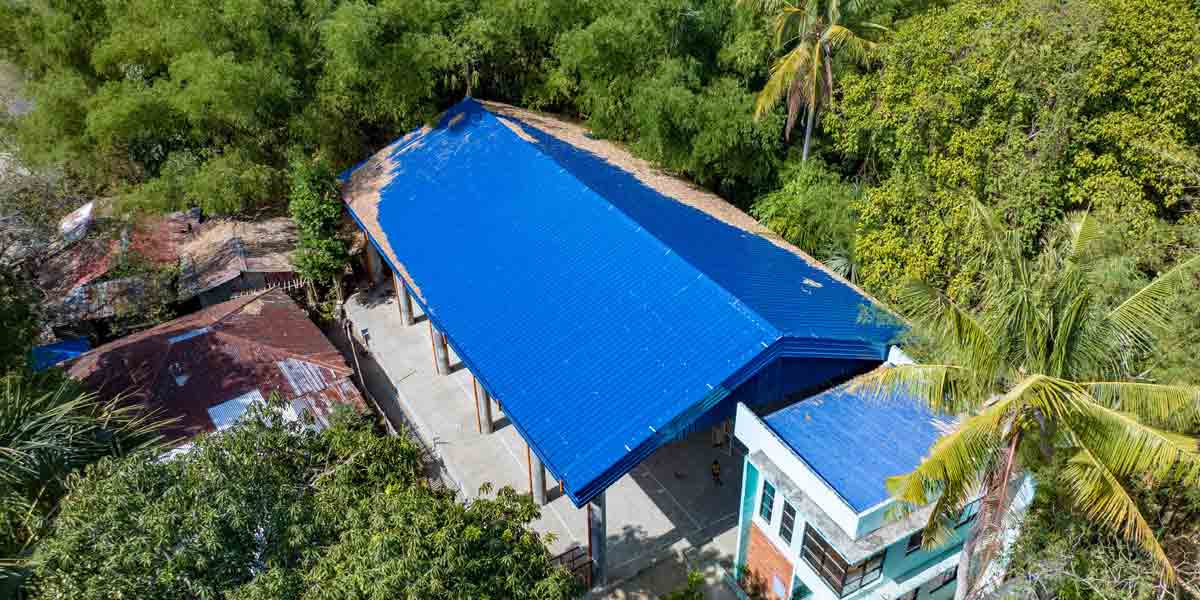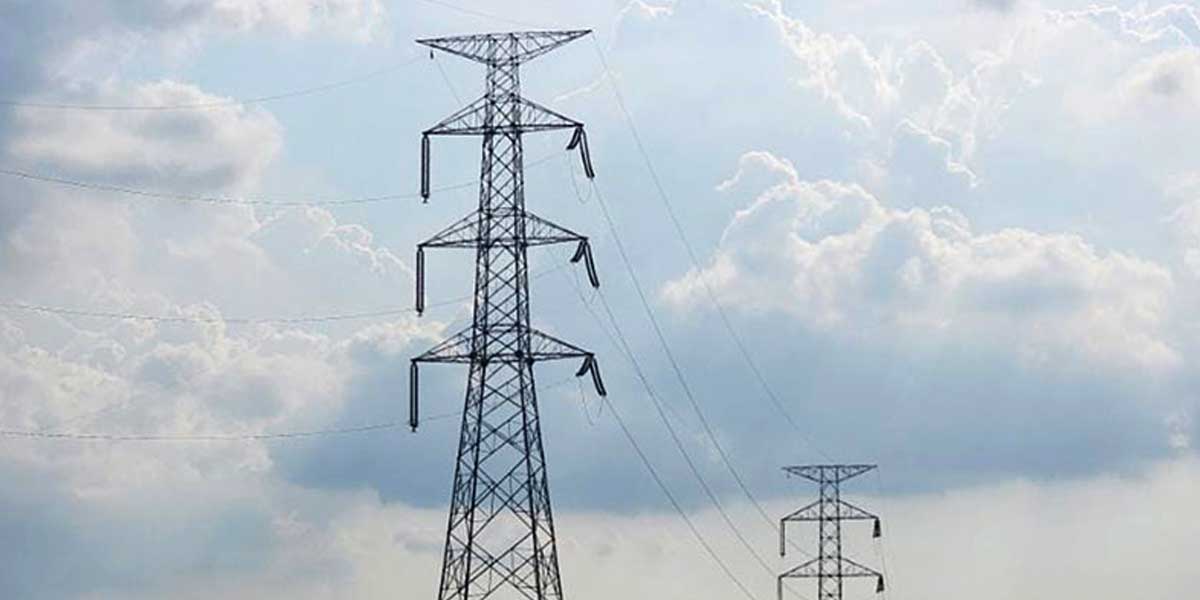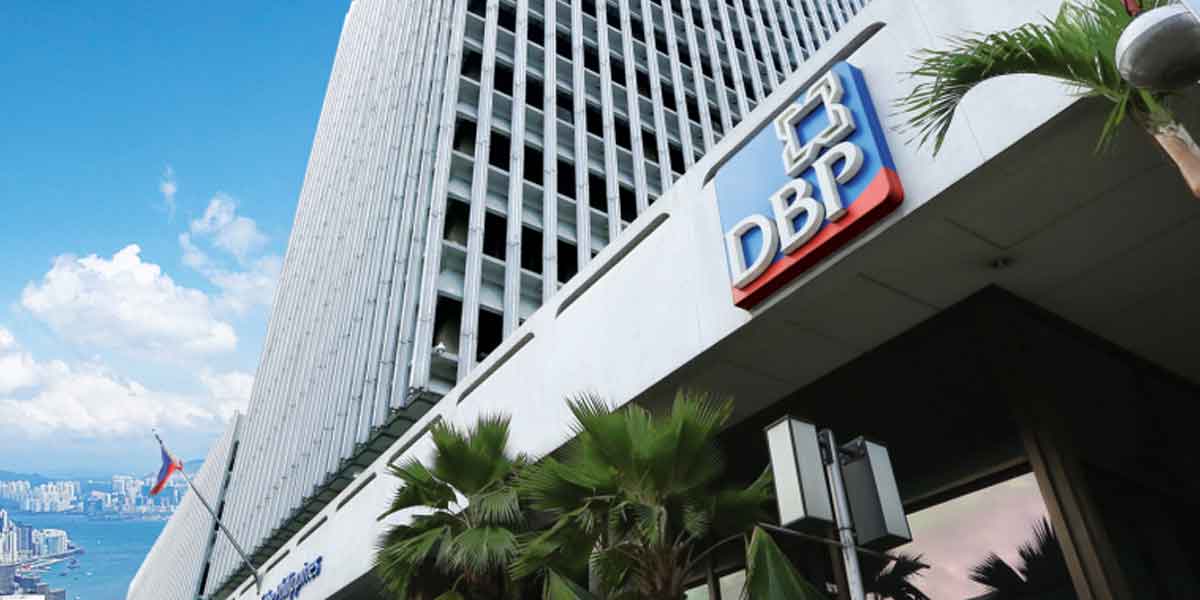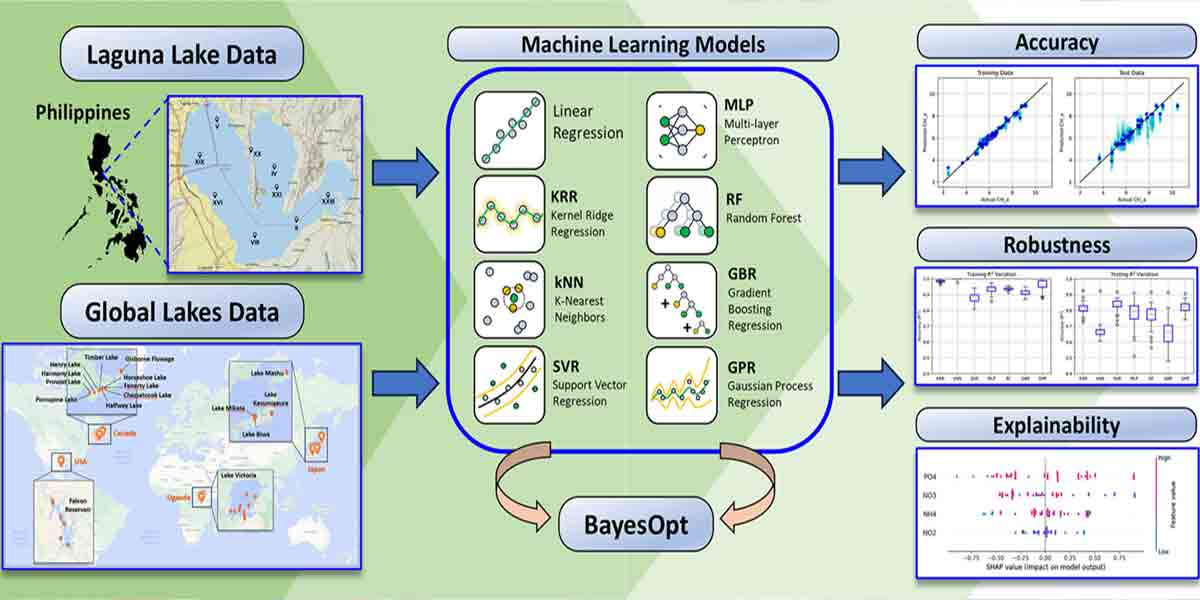Electricity rates are set to increase next month as the National Grid Corporation of the Philippines (NGCP) begins collecting deferred payments for ancillary services, which are critical for grid stability during power generation or transmission issues.
The Energy Regulatory Commission (ERC) approved NGCP’s recovery of PHP 3.05 billion in unpaid charges for power reserves, with collections staggered across February and March 2024. These deferred payments stem from a temporary suspension of the power reserve market earlier this year, which initially caused electricity rates to spike.
Electricity consumers already faced higher transmission and ancillary services (AS) rates in December 2024. Transmission wheeling rates increased from PHP 0.4957 per kilowatt-hour (kWh) in November to PHP 0.5315 per kWh in December. Similarly, AS charges rose by 4%, from PHP 0.5699 per kWh to PHP 0.5928 per kWh.
These adjustments resulted in overall transmission charges reaching PHP 1.2584 per kWh in December, compared to PHP 1.1966 per kWh the previous month.
According to NGCP, only 53 centavos of the transmission charge goes to the grid operator for service delivery, while the bulk of AS charges are remitted directly to power generators.
Staggered Collections and Consumer Impact
NGCP plans to spread the remaining PHP 3.05 billion collection over three months for Luzon and Visayas customers, while Mindanao consumers will see increases over six months.
ERC estimates indicate an additional cost of PHP 0.124 per kWh for Luzon and Visayas consumers and PHP 0.033 per kWh for Mindanao consumers.
“These deferred payments will be reflected in the next billing cycles as current AS charges are added to February rates,” NGCP Revenue Management Head Julius Ryan Datinggaling said.
Ancillary services are essential for balancing the power grid during supply-demand imbalances or transmission issues. NGCP clarified that AS charges are included in electricity bills to ensure reliable grid operations.
“AS are support services used to stabilize the grid during power supply-demand imbalances,” NGCP said.
NGCP Ownership Concerns Addressed
During a press briefing, NGCP spokesperson Cynthia Alabanza addressed concerns about the State Grid Corporation of China’s 40% ownership in NGCP. She reiterated that NGCP complies with the constitutional limit on foreign ownership in public utilities, with Filipino shareholders owning the majority 60%.
“The NGCP consortium is Filipino-led, with Filipino shareholders holding control. The State Grid Corporation of China serves as a technical partner, and the partnership complies with Philippine laws,” Alabanza said.
NGCP’s ownership structure includes Monte Oro Grid Resources Corporation and Calaca High Power Corporation, alongside the State Grid Corporation of China. Filipino shareholders, led by Henry Sy Jr. and Robert Coyiuto Jr., maintain majority ownership.
Lawmakers Defend NGCP
Some lawmakers argued that delayed regulatory approvals are a key factor behind high electricity prices, not solely NGCP’s operations.
“NGCP only accounts for 3% of electricity bills. It’s unfair to blame NGCP entirely for high power costs,” APEC Partylist Rep. Sergio Dagooc said during a House Committee on Legislative Franchises hearing.
Philreca Partylist Rep. Presley De Jesus supported this view, emphasizing the need to address systemic delays and level the playing field.
“Delays are not solely NGCP’s fault. The government must also take responsibility for addressing project delays,” De Jesus said.
Department of Energy (DOE) Undersecretary Sharon Garin acknowledged that some delays are due to ERC’s pending approvals of critical projects.
Lawmakers called for a more efficient regulatory process to prevent future delays and ensure timely project implementation, which is essential for addressing the rising demand for electricity.





















